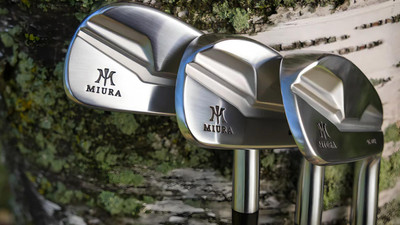Kenji visits the MIURA factory in Japan
Posted by GolfBox on 8th Jul 2022
GolfBox’s custom club builder extraordinaire Kenji Nakashima jumped at the opportunity to travel to Japan for a behind-the-scenes tour of the Miura factory.
Here is Kenji’s account of his trip:
The rural town of Himeji, on Japan’s largest island of Honshu, has long been renowned for its precision steel crafting industry and bespoke craftsmanship dating back to the age of samurai swords.
But in more recent times, the small town of Ichikawa-cho, just north of Himeji in the Hyogo prefecture, has become recognised as the home of Miura golf, a brand celebrated for producing the world’s most revered golf clubs.
I frequently assemble custom Miura sets in my role as GolfBox’s club builder at the Booragoon store and was keen to understand more of the Miura story.
So, in late May, I accepted an invitation to fly to Japan to see firsthand how Miura irons, wedges and putters are made.
And I’m happy to report it was an experience that made me appreciate and respect the Miura brand more than ever.
GETTING TO THE FACTORY
My big day began when I boarded an early morning train in Osaka, on a typically humid May day in Japan.
The 2 1/2 hour journey took me through the picturesque Japanese countryside and into the mountains, and I eventually disembarked at Amaji railway station, the nearest stop to Ichikawa-cho.
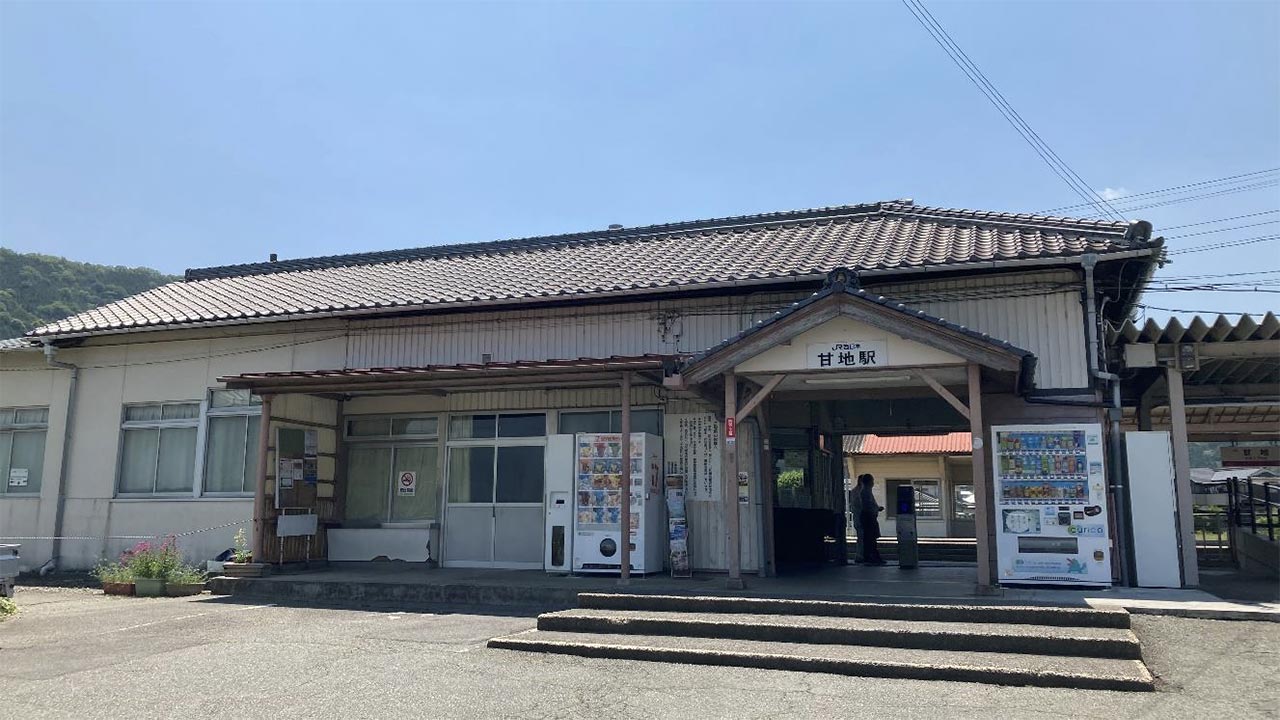
Unfortunately, I couldn’t find a taxi outside the railway station so proceeded on foot for the final leg of my trip and after 20 minutes, I spotted the Miura factory on the horizon.
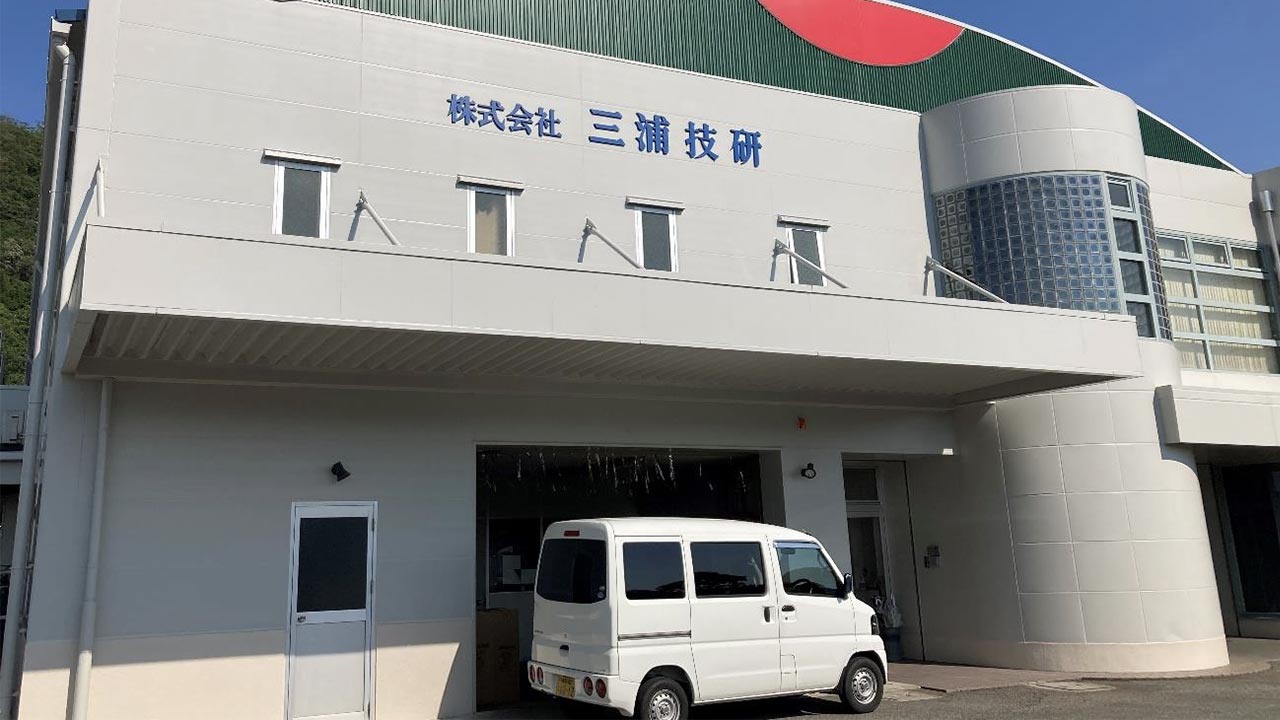
Walking into the office, I was met by Shinei Miura, the current managing director and son of Miura founder, Katsuhiro Miura.
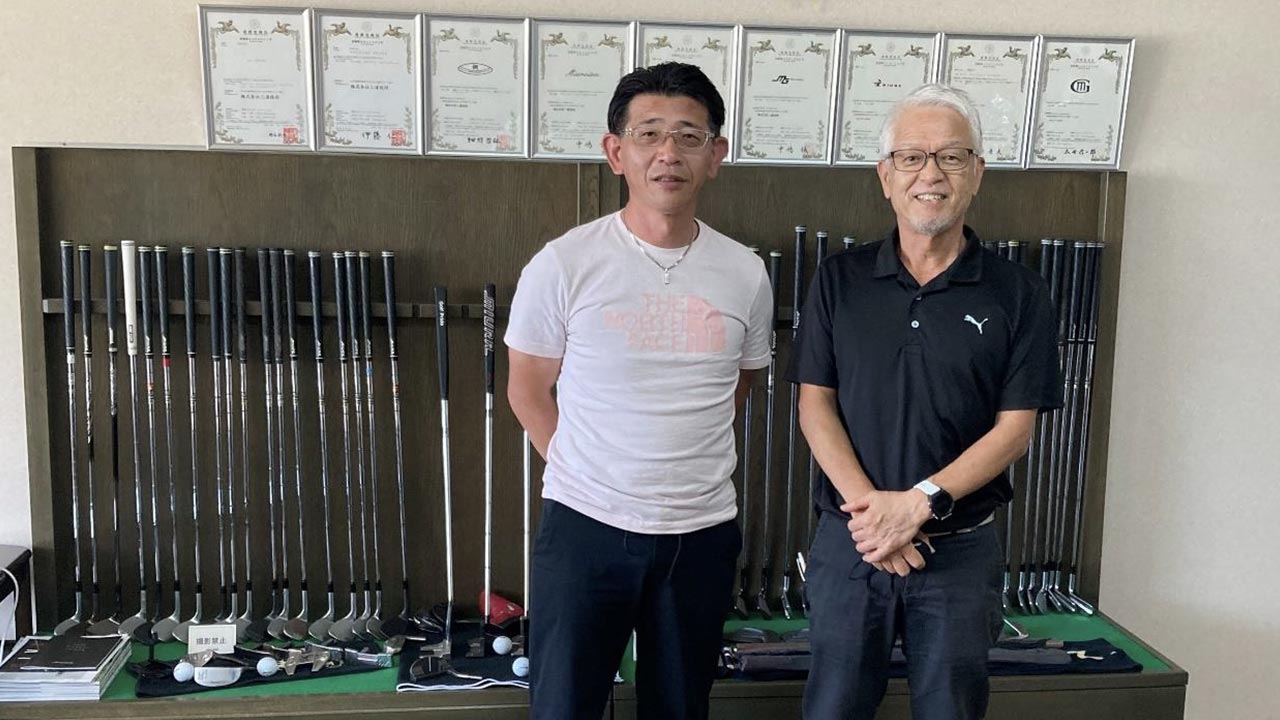
Shinei first took me through the Miura showroom, filling me in on their latest clubs and several prototypes before offering to take me on a guided tour of the club-making factory next door.
MEETING THE LEGEND
Roughly 10-20 people work in the office and the factory, and while it may seem a small number, it’s a devoted, highly skilled workforce that plays a big part in making the Miura brand a global success.
The first person Shinei introduced me to on the factory floor was the legend,himself - his father, Katsuhiro.
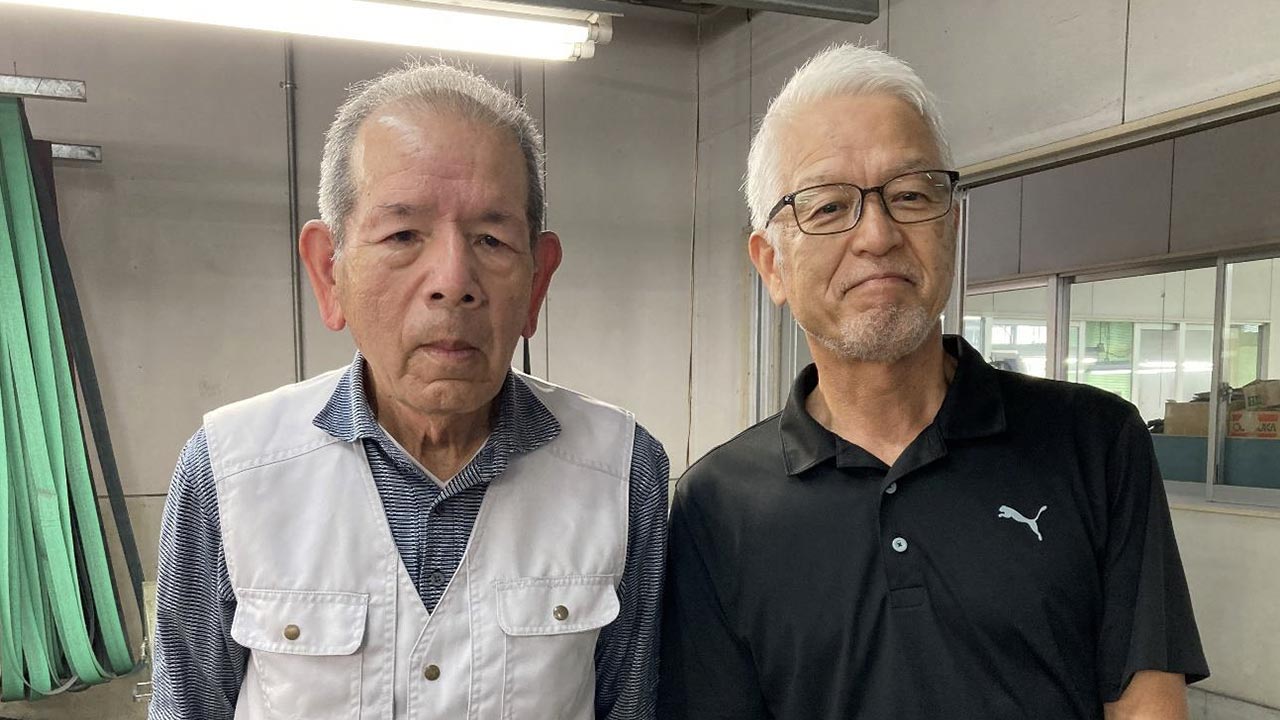
Katsuhiro Miura is 82 years old and has been making golf clubs since 1957, but he still works every day in the factory that bears his name.
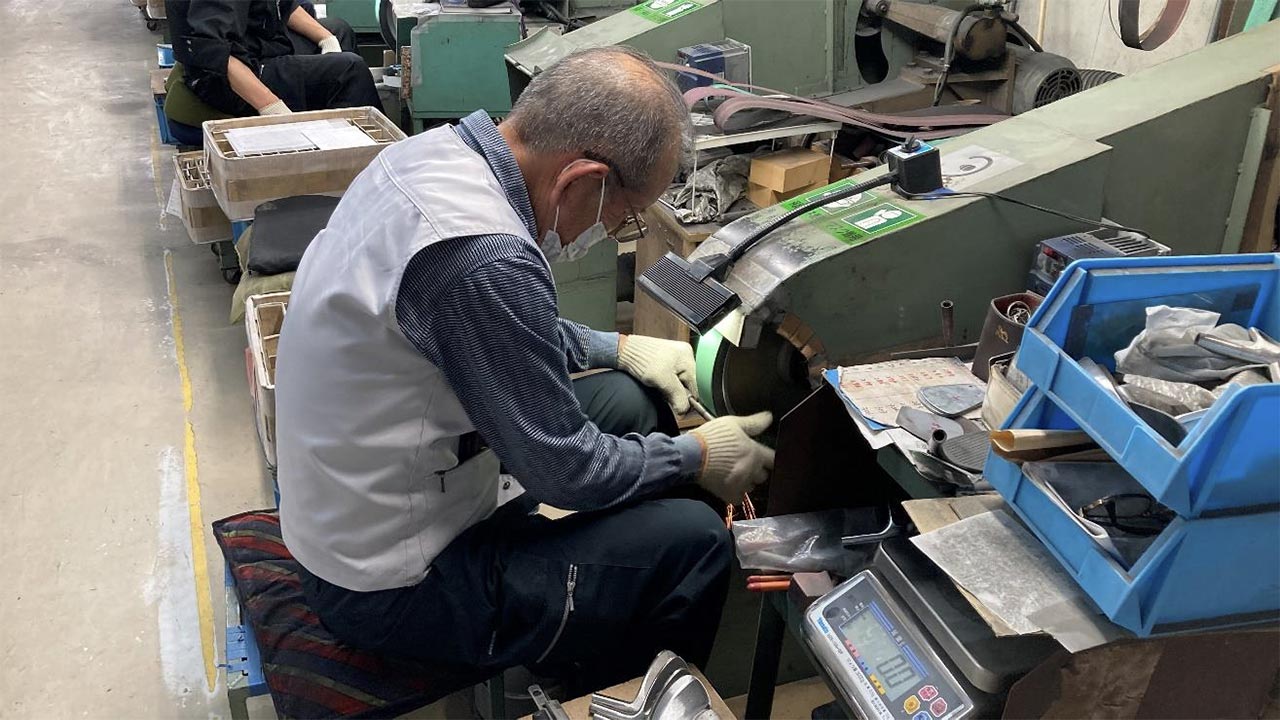
Watching him hand-grind and polish Miura iron heads was like watching the hand of God in action and it was truly inspiring to see the master at work.
THE MIURA FORGING TECHNIQUE
Shinei then ushered me on to the forging zone of the factory, the place where the imposing forging machines hammer out the fundamentals of every Miura iron.
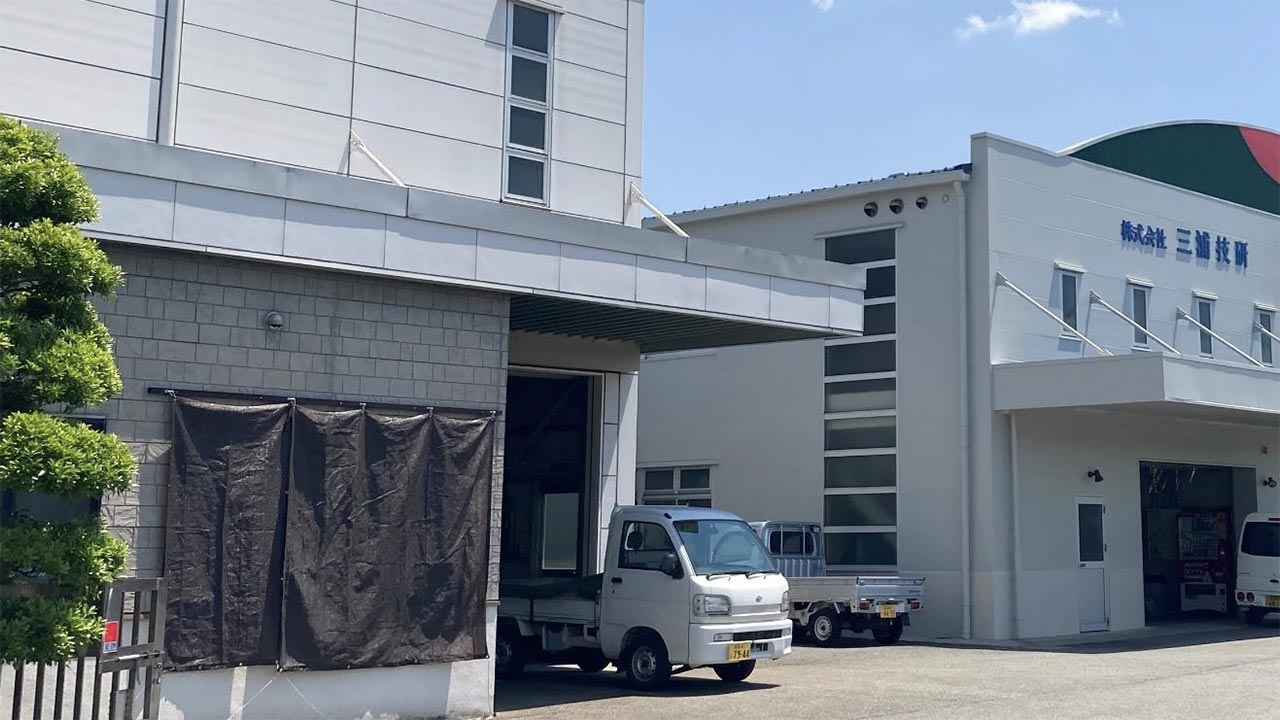
This is the area where Katsuhiro Miura undertook many years of research to invent his unique forging method - known as “WDD Accurate Forged”.
After witnessing the forging process I can say that no other manufacturer in golf does it quite like Miura.
Premium soft carbon steel billets are cut into specific lengths determined by the model of iron.
The billet is then fired up to 1200˚C, nestled into a profile die and subjected to the enormous force and pressure of the industrial forging press, which flattens it into a workable form.
The pliable red-hot steel is then quickly switched to a second die, where it’s struck a second time to form the outline of the club head.
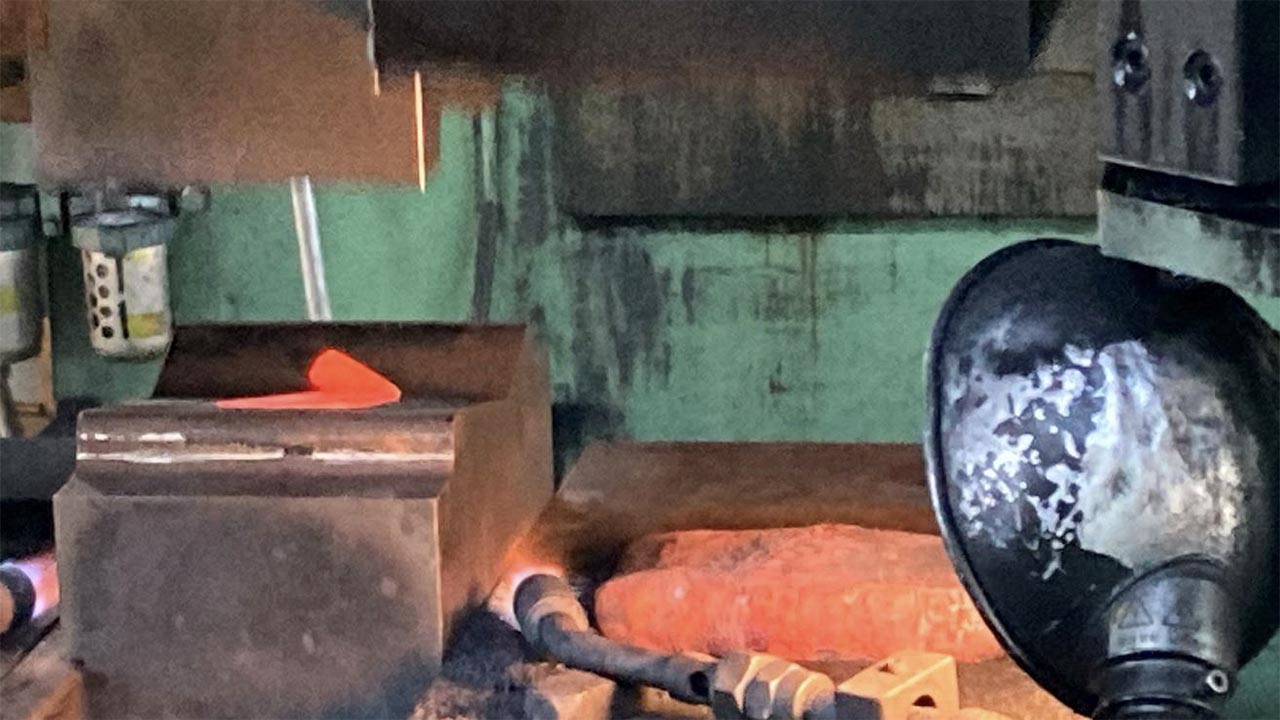
Soon after that second strike, the excess material is removed.
The entire initial forging process took just a matter of seconds, but I could clearly see the distinctive lines of a Miura CB301 iron as it sat on a cooling rack.
The next step in the process is something only Miura does; after cooling down, the head is heated up again (to around 800˚C) and struck a third time to remove any bubbles and tighten and straighten the grain of the steel.
And it’s this exclusive third step that is responsible for creating the famously soft Miura forged feel.
THE UNIQUE MIURA HOSEL
My tour continued on to the stamping unit, where the face grooves, Miura logo, club number and any other markings are stamped on to the club head.
Miura have devised their own precision machinery so they can press these attributes into their irons, rather than machining or scoring them (although the face grooves on Miura wedges are later CNC milled to ensure they conform to the depth and shape requirements of golf’s governing bodies).
Like everything Miura does in their production line, it’s to ensure the integrity of the finely-tuned club head isn’t compromised.
Shinei then led me to another step that is also uniquely Miura – the attachment of the hosel to the iron head.
Every other club manufacturer in the world crafts the hosel during the initial forging process, then drills out a void for the shaft later on.
However, Shinei explained that drilling isn’t entirely accurate, as the drill bit often tends to wander off centre.
And down the line, a hosel that is off centre will affect the loft and lie of an iron quite significantly.
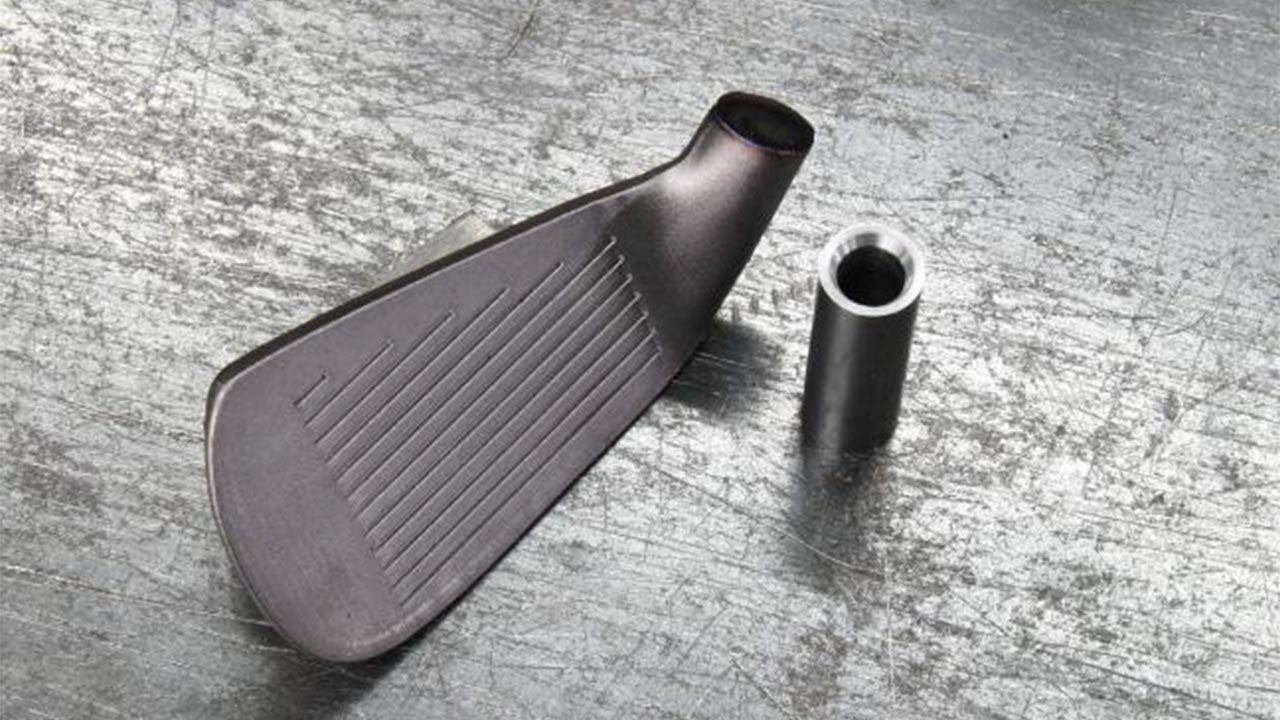
To overcome the dilemma, Miura attach their hosels separately.
Miura mill and pre-drill their hosels before spin-welding them onto the club head - another ingenious process and solution created by Katsuhiro himself.
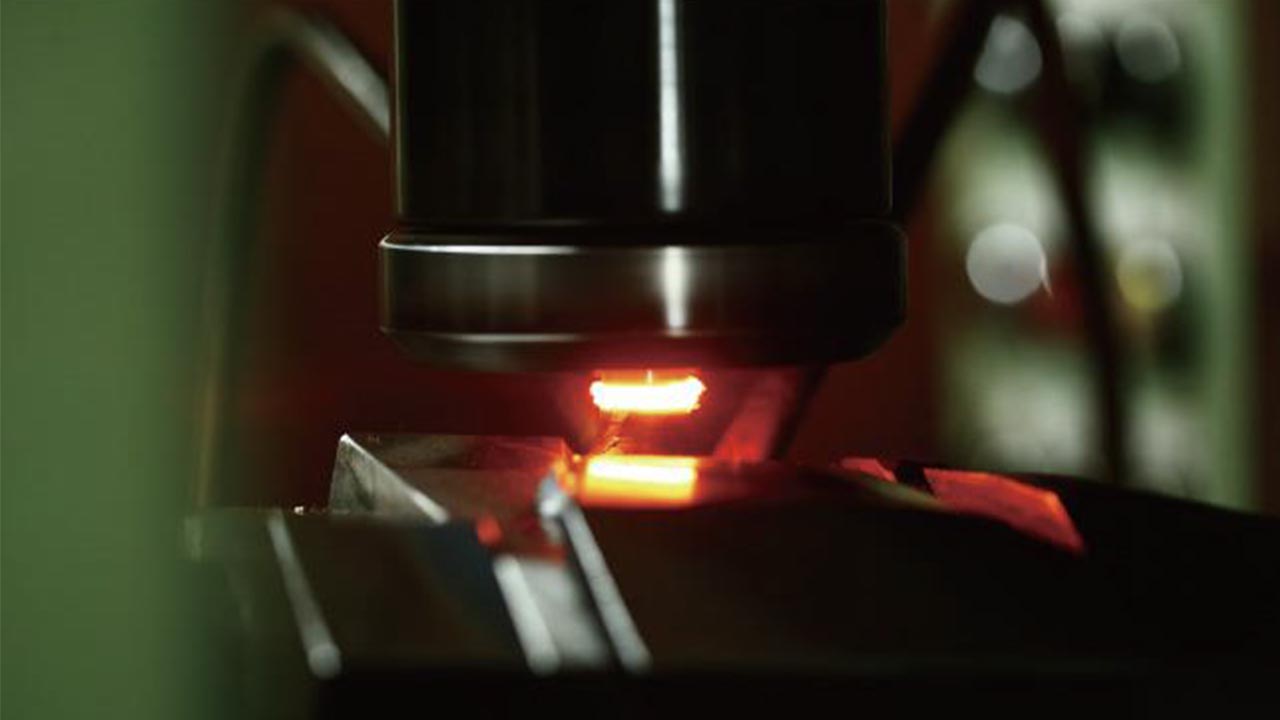
Shinei told me that spin-welding the hosel is also the reason why Miura can include the grain-straightening third strike in their WDD forging process, as well as ensuring accurate lofts and lie angles.
HANDCRAFTED FINISHING
As I continued through the factory, I noticed there were many custom-built machines designed for grinding and polishing.
Shinei showed me the first one, the profiler, that quickly shapes each iron head with a uniformity that is difficult to get simply by hand.
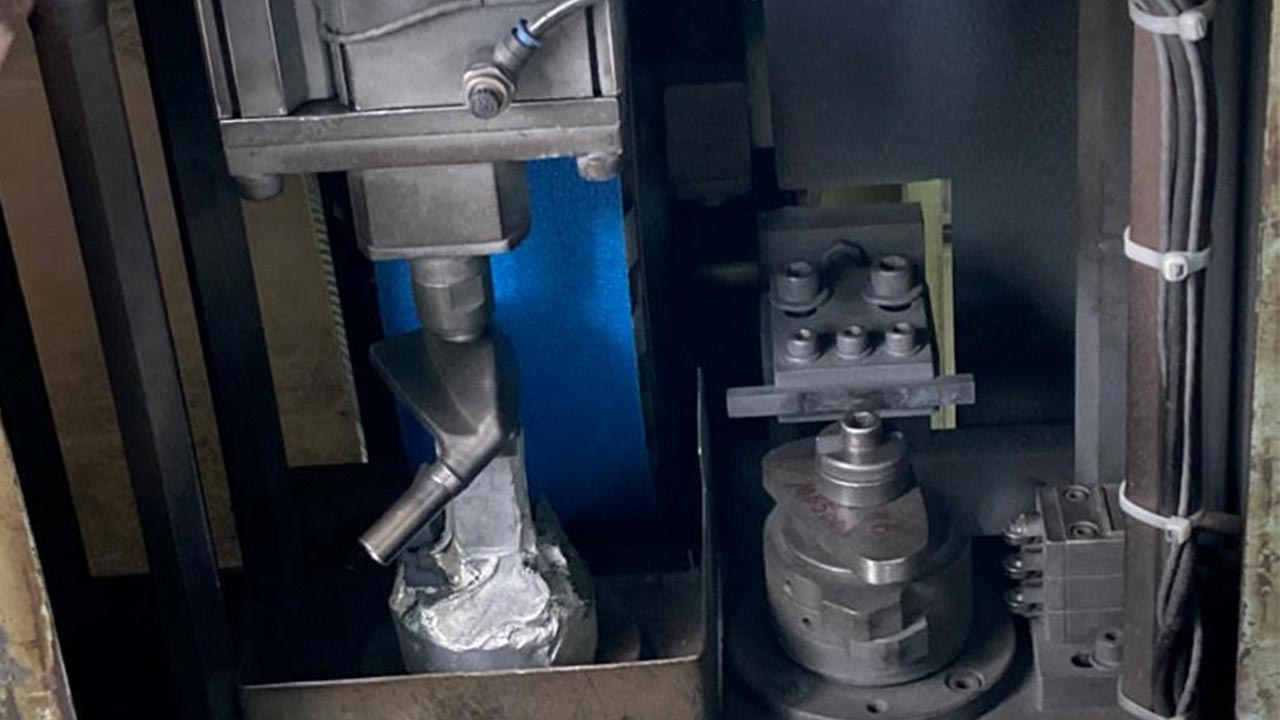
The iron head is then subjected to the first of many loft and lie angle checks during construction.
After that, there were about five different grinding and shaping stages, with each one progressively refining the club heads until they begin to resemble the finished product.
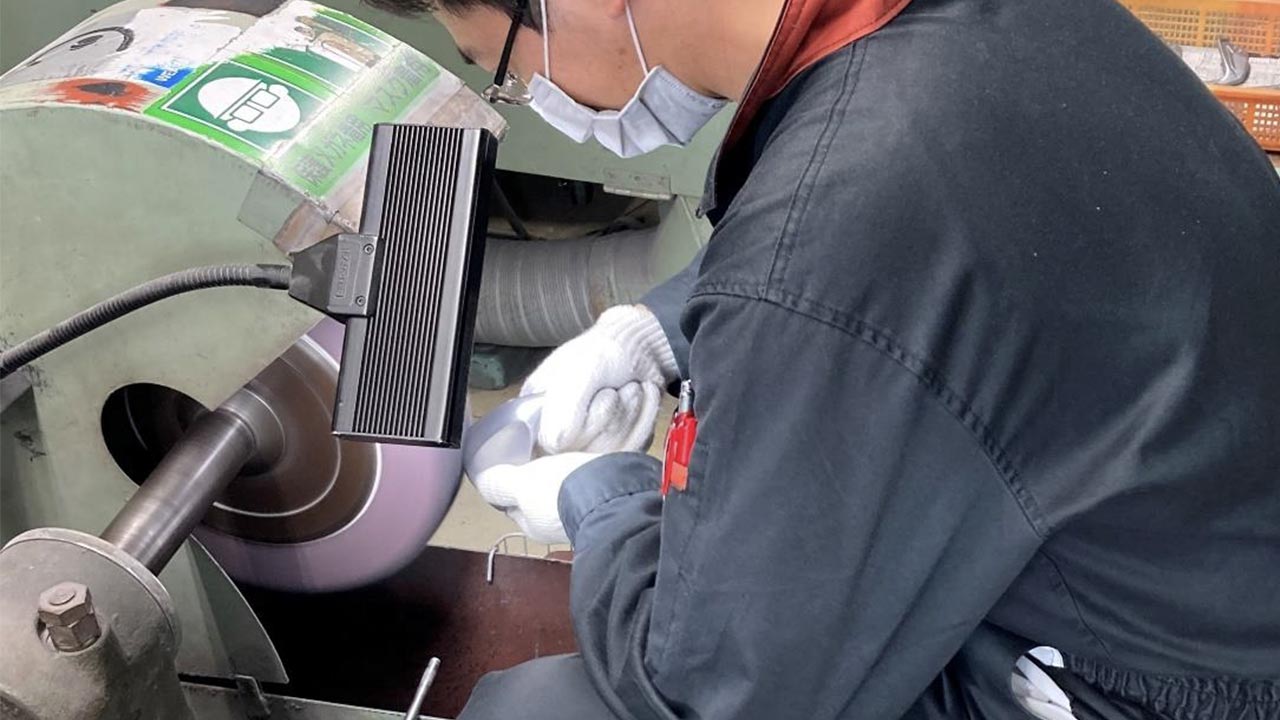
This is the stage where the weight of each head is checked, with alterations done via hand grinding until the weight is within Miura’s extraordinary 0.5g tolerance.
Following the grinding process, five stages of polishing awaits, with Katsuhiro sitting on the final buffing machine.

After another loft and lie check, Shinei then took me to see where the logos and club numbers were carefully hand painted before the iron head was placed in the finished rack, exuding the shiny perfection I’m accustomed to seeing when I unwrap the club heads and assemble them for our GolfBox customers.
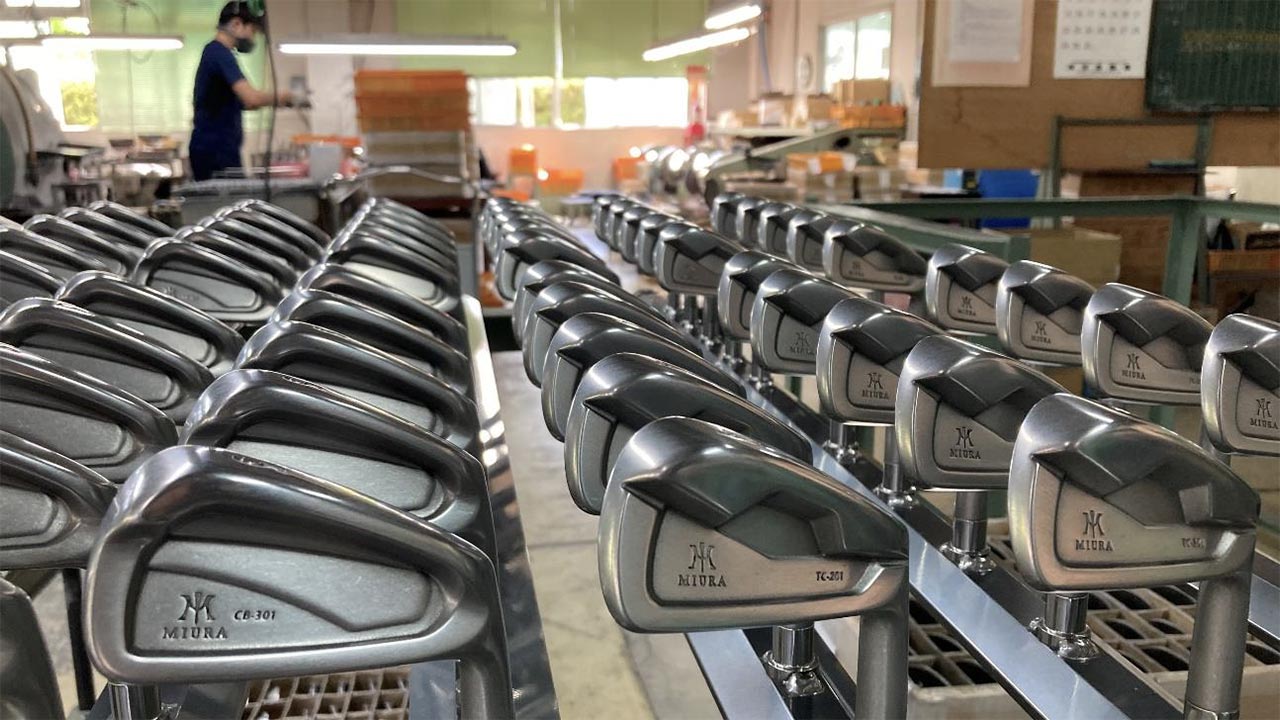
THE MIURA DIFFERENCE
I had seen the entire Miura process from beginning to end and thanked Shinei and the staff for welcoming me into their factory and office.
I saw some exciting new clubs being made while I was there but… I’m sworn to secrecy.
Let me just say that there are exciting times ahead for Miura’s customers, and clubmakers like me!
After such an eye-opening experience on the factory tour, the Miura attention to detail didn’t stop there.
They offered to drive me back to Amaji train station for my trip home!
As I boarded the train for the long trip back to Osaka, I gathered my thoughts after such a brilliant experience.
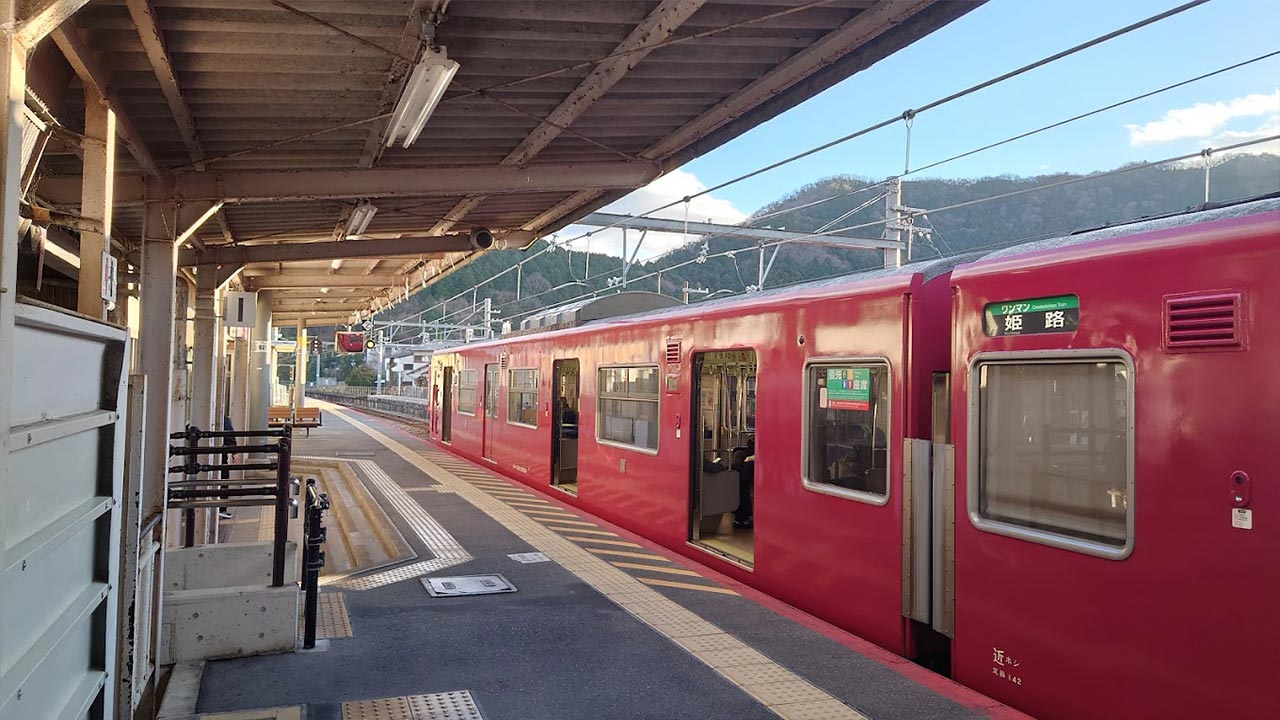
KENJI'S FINAL THOUGHTS
Seeing the time and effort that Miura put into making every one of their iron heads was very impressive.
And they are truly handmade by highly-skilled craftsmen.
As GolfBox’s club builder, I want to deliver the same level of craftsmanship and quality that befits the Miura brand and pass on Miura’s spirit to our customers.
In my opinion, Miura is the premium brand to play and experience.

